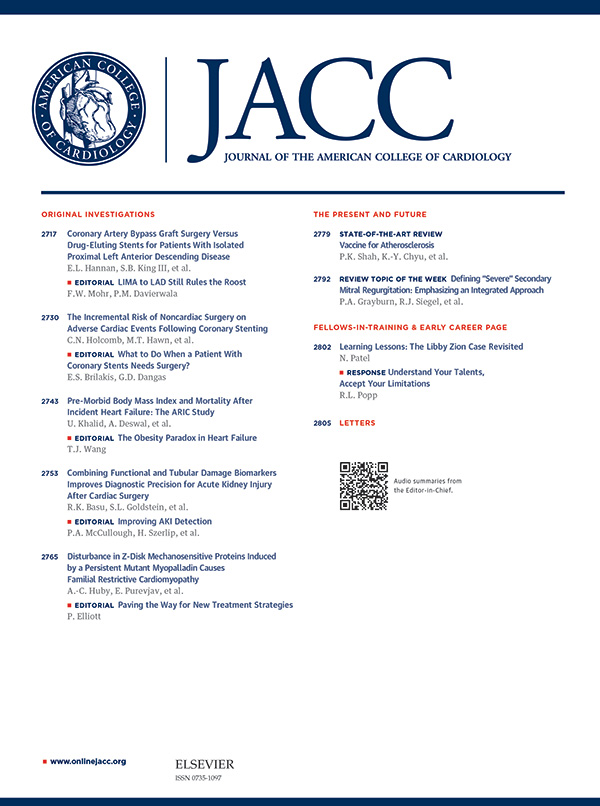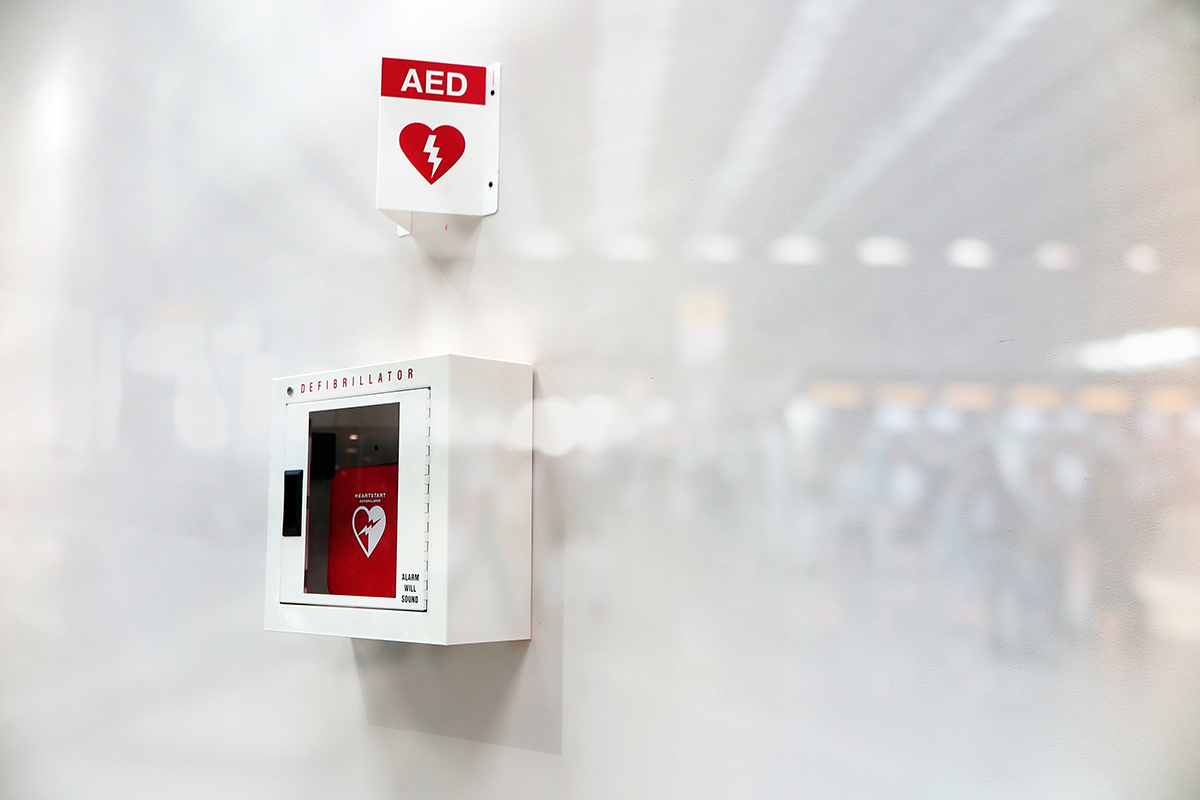Optimizing AED Locations May Improve Cardiac Arrest Outcomes

Determining the optimal location for automated external defibrillators (AEDs) may lead to increased defibrillation by bystanders and increased survival in those experiencing out-of-hospital cardiac arrest (OHCA), according to research published Sept. 16 in the Journal of the American College of Cardiology.
Christopher L.F. Sun, et al., used computer models to determine the optimal location of AEDs in Copenhagen. The study only included OHCAs that occurred in public locations. The researchers implemented two AED placement policies as interventions. Intervention No. 1 placed AEDs in buildings based on location and hours of operation, while intervention No. 2 placed AEDs outside based on location and assuming 24/7 accessibility. The control group included all real AED placements in Copenhagen during the study period. The primary outcome was the total number of OHCAs that occurred within a 100m straight-line, equal to a 150m pedestrian route, from an available AED.
Results showed that while the actual AEDs covered 22 percent of all OHCAs during the study, those from intervention No. 1 and No. 2 would have covered 33.4 percent and 43.1 percent, respectively. These increases amounted to relative coverage gains of 52 percent and 95.9 percent, respectively. The researchers also determined that bystander defibrillation increased significantly from 14.7 percent in the control group to 22.5 percent for intervention No. 1 and 26.9 percent for intervention No. 2. Predicted 30-day survival increased from 31.3 percent in the control group to 34.7 percent for intervention No. 1 and 35.4 percent for intervention No. 2. The authors acknowledge that while these results are promising, they suggest the need for clinical trials to verify the estimated impact on clinical outcomes. Additionally, AED placement is only one factor in improving OHCA survival. Public education campaigns are needed to improve bystander awareness and a willingness to act.
"Our findings show that if we could go back in time to the historical inception of the AED program in Copenhagen and place AEDs in accordance with our best optimization model, we would have achieved nearly double the OHCA coverage that was achieved in reality in the subsequent nine years," said study author Timothy C.Y. Chan, PhD. "Our inclusion of two optimization approaches highlights the potential benefits of improving AED accessibility and placement, as well as having AED networks designed by a central decision maker."
In a related editorial comment, Eric C. Stecker, MD, MPH, FACC, et al., add that "Deployment of AEDs using mathematical modeling is likely to improve cardiac arrest survival in major Western metropolitan areas and has the potential to do the same in other regions of the world if studied and tailored to local contexts."

Keywords: Out-of-Hospital Cardiac Arrest, Defibrillators, Electric Countershock
< Back to Listings
